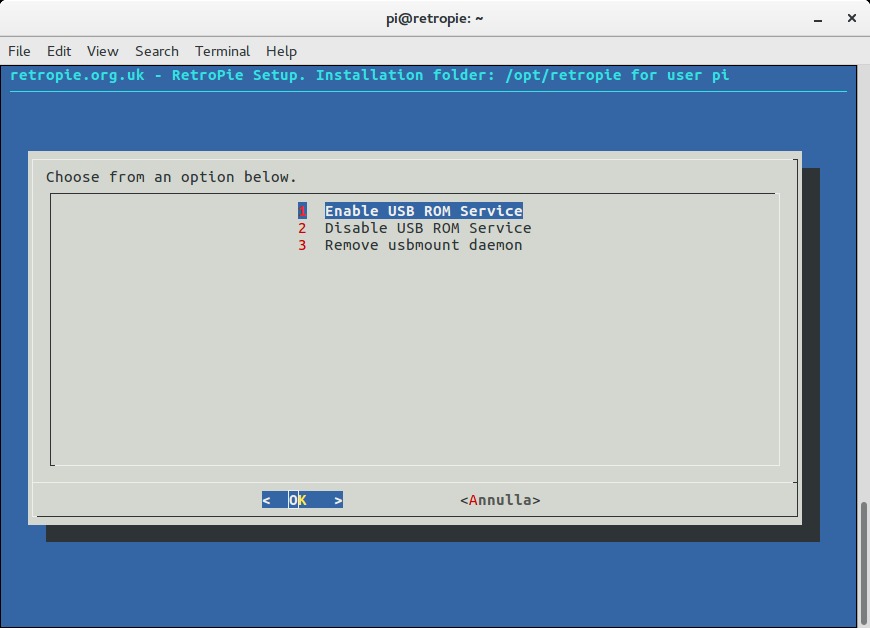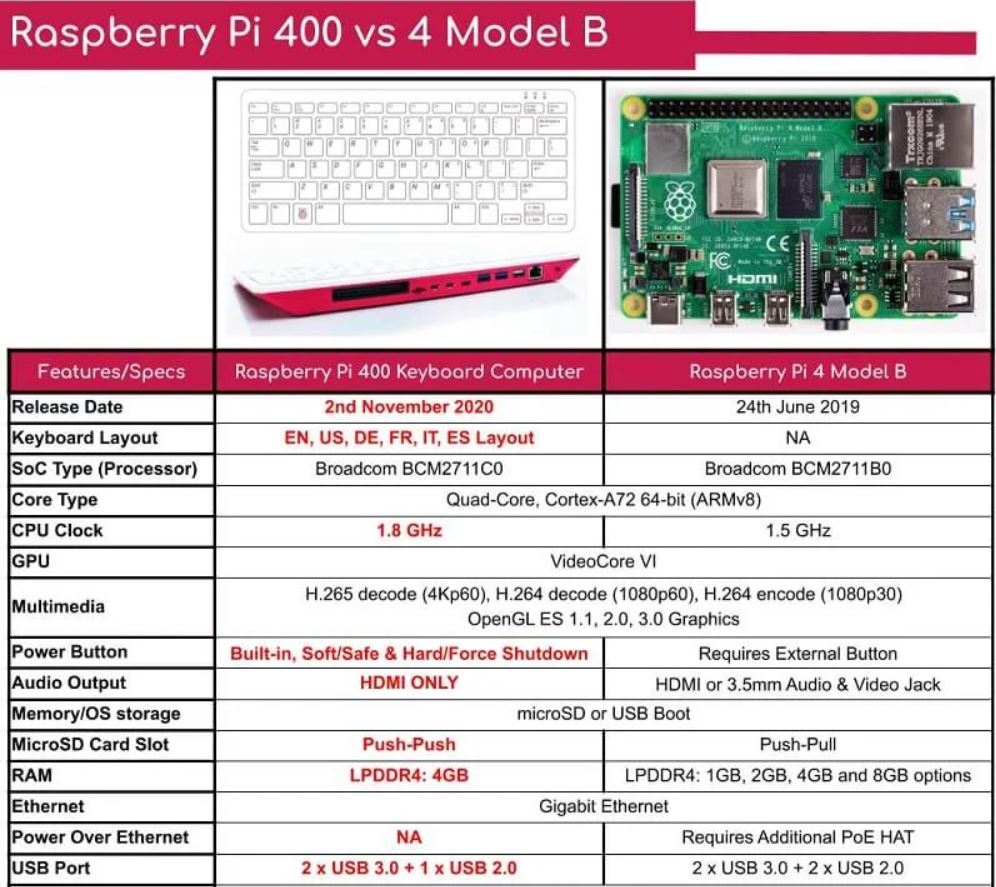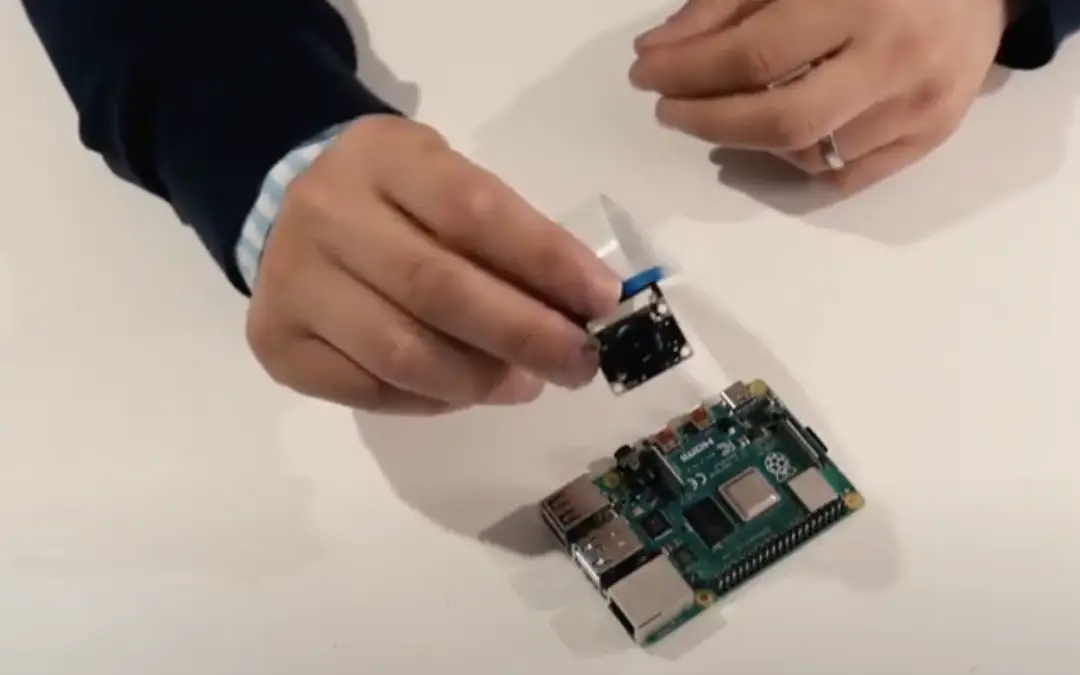
Go ahead and connect either of those and boot up the Pi now. Unfortunately, you’ll need either an HDMI monitor to attach the Pi to, or you’ll need to login over SSH to get through this part. Thankfully, it’s not too troublesome to get the screen working. When you initially boot it up, you’re greeted by a sad, white screen. The Raspberry Pi 2 currently requires some extra steps to get the screen working. RPi-sd card builder finishes prepping your SD card, safely eject it and insert it into your Raspberry Pi unit.Double-check that your SD card is no longer available in the Finder. This is supposed to happen, as the application needs to unmount it so it can perform a direct copy. You’ll be asked if the SD card was ejected.Enter your administrator password and click OK.If not, just check only the card you want to use and click OK.

If you only have one inserted, you won’t see anything else in the list and it’ll be checked. You’ll be presented with SD card options. Since we inserted it earlier, it is, so go ahead and click Continue.
You’ll be asked if your SD card is connected. You’ll immediately be asked to choose a Raspbian image. Insert your SD card into your Mac using a card reader. Download RPi-sd card builder (be sure to pick the appropriate version for your installed version of OS X) and unzip the application. 
How to Install Kali to Your SD Card in OS X When it finishes, you can safely eject your SD card and insert it into your Raspberry Pi.
Click the Write button and wait for Win32DiskImager to do its thing. In the image file section of the application, click the little folder icon and choose the Raspbian.  If your SD card isn’t automatically detected by the application, click on the drop-down menu at the top right (labeled “Device”) and choose it from the list. If you’re running Windows 7 or 8, right click on it and choose “Run as Administrator” instead. Open Win32DiskImager.exe, the application you just downloaded, by double-clicking on it. Insert your SD card into your Windows PC using a card reader. Download Win32DiskImager and unzip the application (.exe file) inside. Note: If you’re not using the touch screen display, download the regular version of Kali Linux for the Raspberry Pi. Download the Kali Linux Raspberry Pi image for your hardware (Model B/B+ users should grab the TFT version, Raspberry Pi 2 should grab the Pi 2 version) and unzip the. How to Install Kali to Your SD Card in Windows
If your SD card isn’t automatically detected by the application, click on the drop-down menu at the top right (labeled “Device”) and choose it from the list. If you’re running Windows 7 or 8, right click on it and choose “Run as Administrator” instead. Open Win32DiskImager.exe, the application you just downloaded, by double-clicking on it. Insert your SD card into your Windows PC using a card reader. Download Win32DiskImager and unzip the application (.exe file) inside. Note: If you’re not using the touch screen display, download the regular version of Kali Linux for the Raspberry Pi. Download the Kali Linux Raspberry Pi image for your hardware (Model B/B+ users should grab the TFT version, Raspberry Pi 2 should grab the Pi 2 version) and unzip the. How to Install Kali to Your SD Card in Windows







 0 kommentar(er)
0 kommentar(er)
